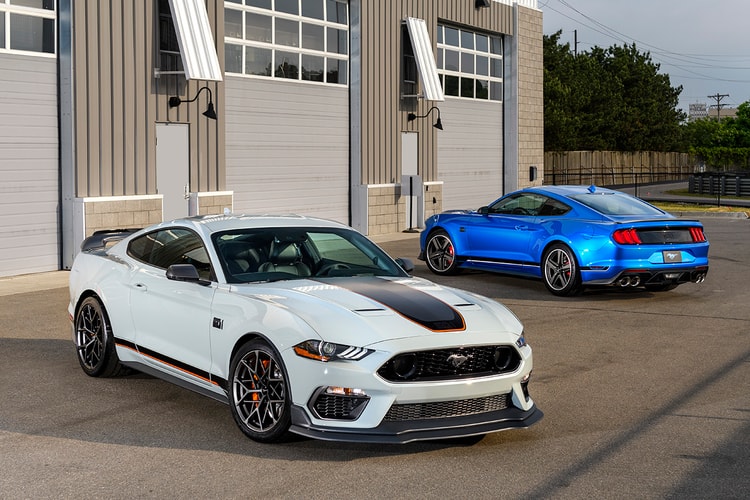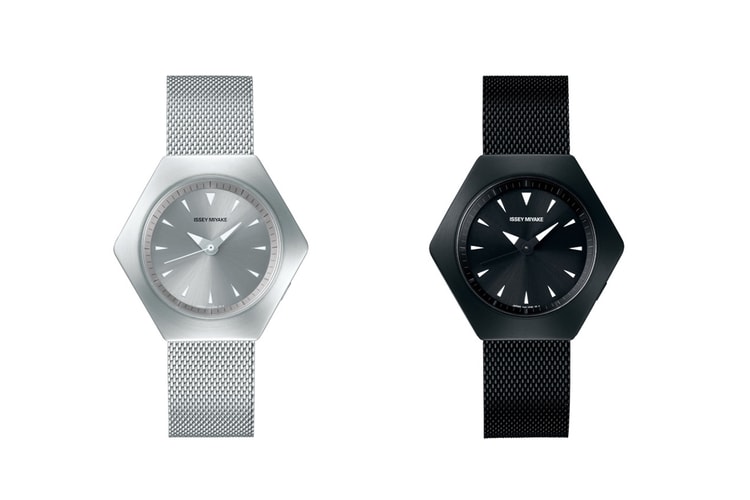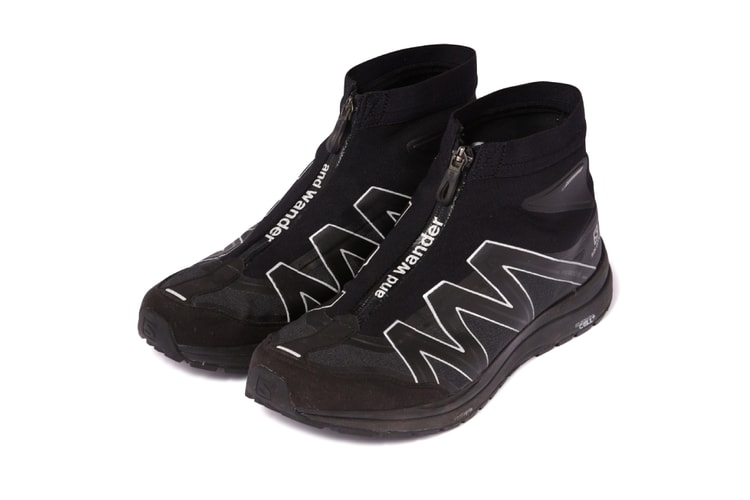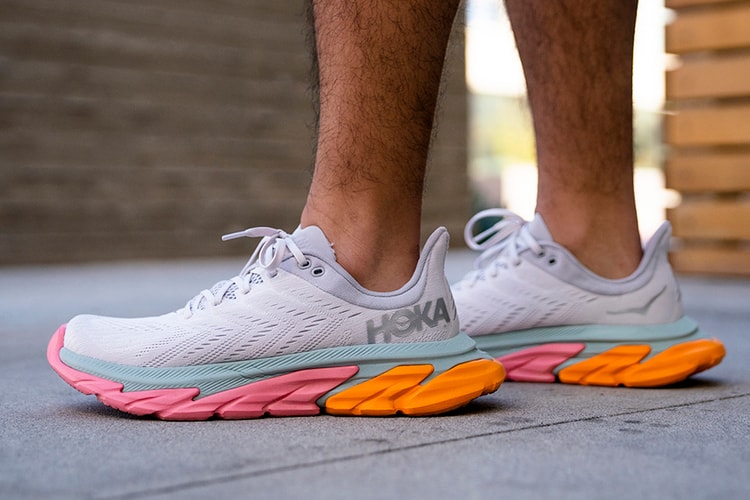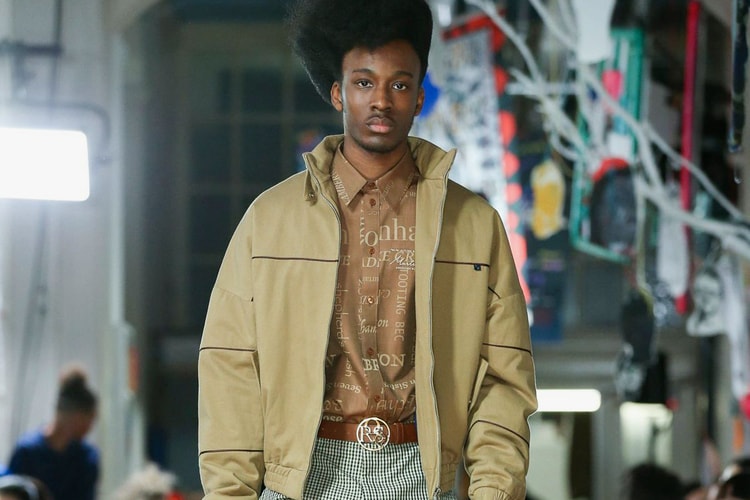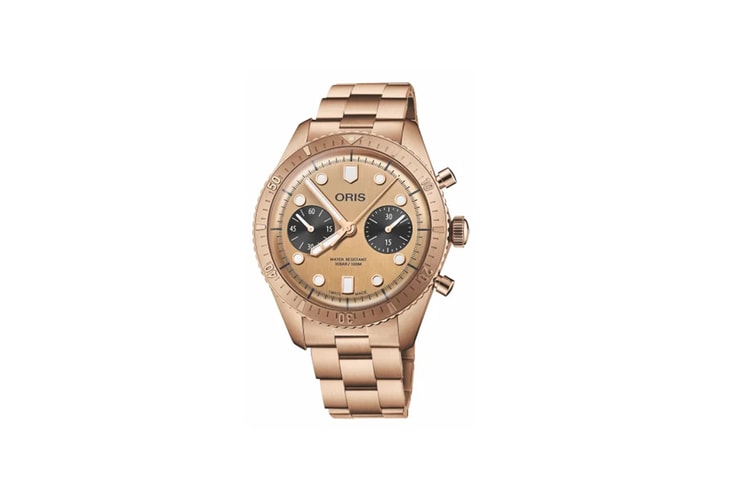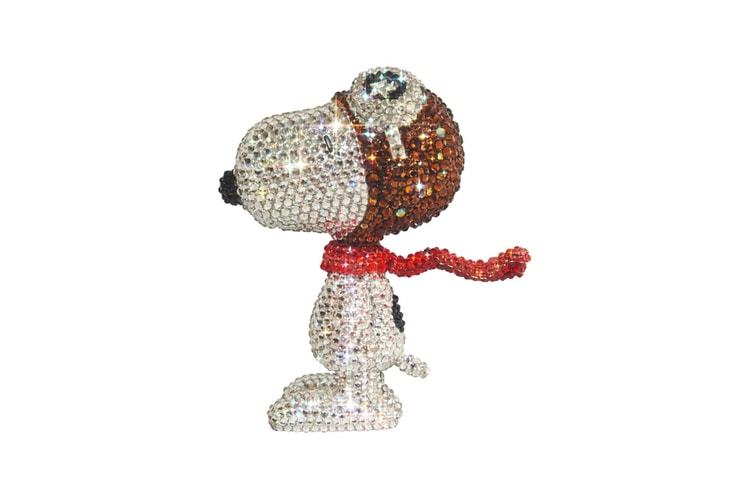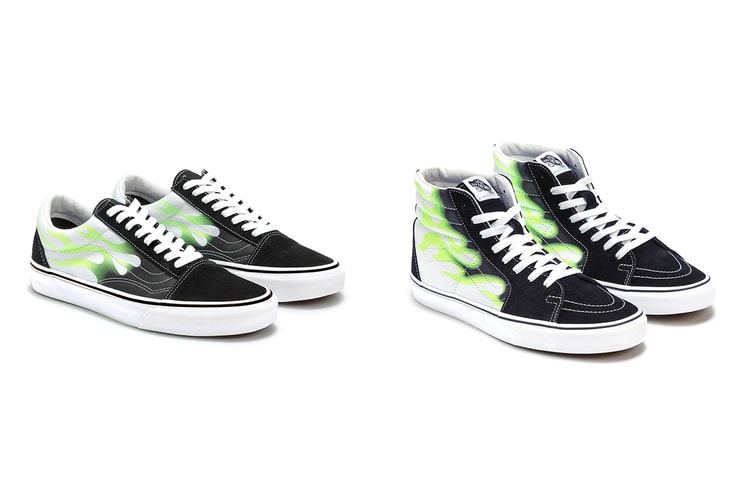What Goes Into a Chair (Before You Do)
Despite the importance of a chair’s structure, visuals by no means take a back seat.
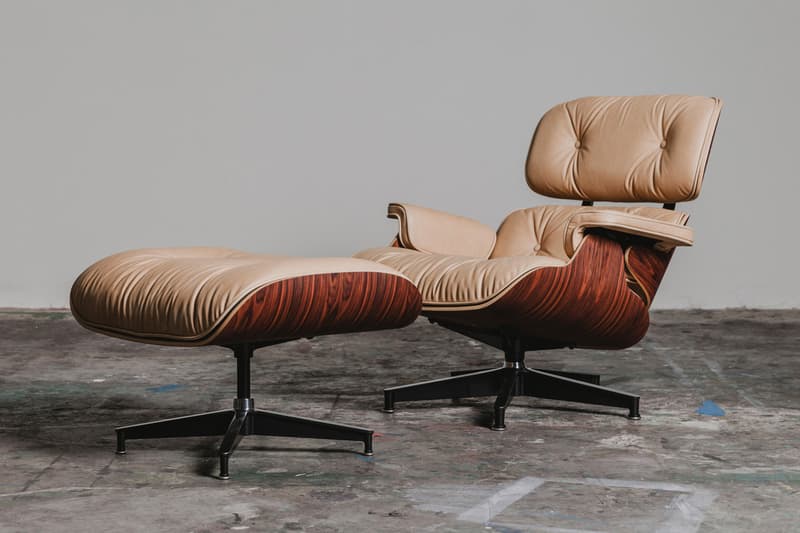
In a 1957 interview with TIME magazine, Ludwig Mies van der Rohe said, “A chair is a very difficult object; a skyscraper is almost easier.” Unlike a skyscraper, chairs are only visible when they aren’t being used; they have to stand out outside of their primary purpose.
A chair’s design is a balance between form and function, as it needs to be ergonomic, pleasing to the eye and durable. We rock, twist and stand on chairs; they’re arguably one of the most overlooked and overused pieces of furniture we can own. Self-taught British designer Tom Dixon says, “It’s more demanding from a structural engineering point than you think. The construction becomes really important.”
Take an office chair, for example; it has to be ergonomic and comfortable in such a way that it encourages optimum concentration and productivity. Rolf Fehlbaum, chairman emeritus of Vitra, describes office chairs as part chair, part machine, thanks to their combination of mechanics and ergonomics. But designers also need to make those chairs, “beautiful and pleasant to touch, which is a very demanding task,” says Fehlbaum.
It’s why chairs can often feel like something organic: they have legs and (usually arms), and must be shaped around the contours of the human body. Yet despite the importance of a chair’s structure, visuals by no means take a back seat. “If a chair has no visual appeal, as you see it first, it will be difficult for any further success,” Jay Novak, co-founder and designer of Modernica, says. In other words, if a chair isn’t beautiful, who will sit on it to see if it’s comfortable?
“If a chair has no visual appeal, as you see it first, it will be difficult for any further success.”
Yet their aesthetics are often restricted by their formal requirements; unless the chair in question is strictly an exercise in art, it needs to serve humans. “The more obsessed you become with absolute flexibility, posture, ergonomics and safety, it’ll leave less room for the sculptural and revolutionary,” says Dixon.
The Mid-Century Modern era is often viewed as a revolutionary turning point in design, particularly for chairs. People debate which years define MCM furniture design, but a general consensus is from the mid-’30s to the mid-’60s. It was a time of experimentation in materials with an emphasis on functionality. The period’s use of clean lines, geometric shapes and an overall modern approach mean many styles have never gone out of fashion — to this day the Eames Lounge Chair is still in production.
Ray and Charles Eames’ Lounge Chair is instantly recognizable. The couple drew inspiration from “the warm receptive look of a well-used first baseman’s mitt” and the English gentlemen’s club chair, but made those references into something entirely new. Its use of curvaceous molded plywood had, at the time, never been seen before — putting the chair at the forefront of product innovation.
“Chairs are important witnesses of their time.”
Although mid-century furniture has been growing in popularity since the ’80s, it is now seeing a larger revival. The style isn’t just booming in the chair industry; it’s appearing to dominate the storage market (see West Elm’s dedicated MCM collection or SWOON’s extensive range of furniture) and has inspired companies to create retro-futuristic products. For example, London-based design company Joy Resolve is known for its bedside coffee-brewing alarm clock, which breathes life back into the long-forgotten teasmade from the ’60s. Modernica, which was founded in 1999, has found huge success in designing furniture that draws influence from the MCM period. For example, Modernica’s range of fiberglass chairs harks back to the Eames’s molded plastic and fiberglass armchair.
And it’s not just the MCM period that’s having a revival. Chairs are being celebrated more than ever. Vitra’s Chair Times: A History of Seating film explores 125 years of design, examining the production methods, fashion trends and social structures of the period from when each chair was made. In the film, Fehlbaum discusses specific pieces and periods with designers including Hella Jongerius, Antonio Citterio and Ronan Bouroullec as well as architects Arthur Rüegg and Ruggero Tropeano, and offers thought-provoking commentary throughout; one key point being, “chairs are important witnesses of their time.”
As that film shows, many chair designs have earned iconic status. But at which point does a chair surpass function and become purely art or sculpture — and how much does that cost? “This happens not by trying to make art, but by making an object so well designed, so new and fresh, so much expressing the spirit of a time, that it transcends its function as a chair while still being useful as a chair,” Fehlbaum says. Gerrit Rietveld, the Dutch architect equally known for his Red and Blue chair and his Rietveld Schröder House, and Jean Prouvé, the self-taught architect and designer of the Cité chair, are just two designers whose works achieved such a status.
Although Prouvé and Rietveld chairs are highly sought after, their pieces hardly touch “real” art prices. A rare set of four Rietveld-designed Pyramid Stacking chairs can be purchased for $4,800 USD, while a single Marcel Breuer Wassily can ask around $30,000 USD if it’s a Bauhaus-era original. This is a far cry from paintings also of the Bauhaus era, like Mondrian’s Composition No. III, with Red, Blue, Yellow, and Black (1929), which sold for over $50 million USD. Only a few chairs have been valued at “art prices,” including Charlotte Perriand’s Chaise Longue Basculante which fetched $485,000 USD, and Eileen Gray’s Armchair Transat, which was estimated to sell between approximately $900,000 USD and $1 million USD.
“It doesn’t become a classic by conforming to established norms; instead, it questions the established norms.”
Fehlbaum recalled a quote by Donald Judd, the American artist associated with minimalism (a term he nonetheless vocally disavowed): “The art of a chair is not its resemblance to art, but is partly the assertion of reasonableness, usefulness and scale as a chair.” Judd’s furniture, produced between the ’70s and the ’90s, adhered to his somewhat simplistic style and was featured in the 1972 “Furniture Designed by Artists” exhibition at the Leo Castelli gallery. Judd was a rare example of an artist who was recognized for his furniture design, and producing limited editions made his chairs just as collectible as artworks.
Today, models such as the Eames Molded Plywood LCM chair and the La Chaise are showcased in the Museum of Modern Art. These chairs enter museums because they were revolutionary either in their design or in their use of unexplored materials. Novak notes that for a chair to stand the test of time, it should do so by “not carrying the superficial trappings of its era, yet defining that era,” hence why they can still be found in museums and people’s homes — as both original or reproductions.
Many MCM designs are still made today because they did define an era. Although the industry moved on in the late ’60s, certain pieces became collectible in the mid-’80s and still are today. The same goes for Bauhaus designs, which took almost 80 years to become widely popular, as pieces were only ever sold in small quantities. “A classic is not a classic from the very beginning,” Fehlbaum adds. “It starts by breaking the mold. It doesn’t become a classic by conforming to established norms; instead, it questions the established norms.”
The 21st century has introduced many engineering developments, much like the post-war boom that fed the MCM period. Back in the ’50s and ’60s, new shapes and materials dominated the industry, whereas today we are playing with materials more than ever. “I might be working on a chair right now which is a vacuumed aluminum chair that’s only really possible because of that manufacturing technique,” Dixon says.
Elsewhere, Modernica continues to look to the past with its original Oyster Chair, which sports a four-piece molded wood design in classic walnut or maple finishes. As Fehlbaum notes, the advancements in 3D printing, textile development and social design mean that further innovation is around the corner. Today, designers including Dirk Vander Kooij are developing sustainability-conscious furniture such as the Endless Pulse Chair, which though it looks retro and is made from old refrigerators, looks to the future.
Aside from 3D printing, which can be expensive, new technology has allowed for the mass-production of the common chair. More specifically, as the world comes to appreciate classic designs, companies are able to offer more interesting pieces for day-to-day use. IKEA produces the STEIN, whose clear material and classic shape recalls Philippe Starck’s Louis XVI Chair-inspired Ghost Chair.
In the mass market, imprints such as Heal’s and The Conran Shop are offering their own chairs inspired by a classic aesthetic at more digestible price points. However, for Fehlbaum and many collector’s alike, these more accessibly-priced offerings will never, in Fehlbaum’s words, “give the satisfaction” of a real classic.


















